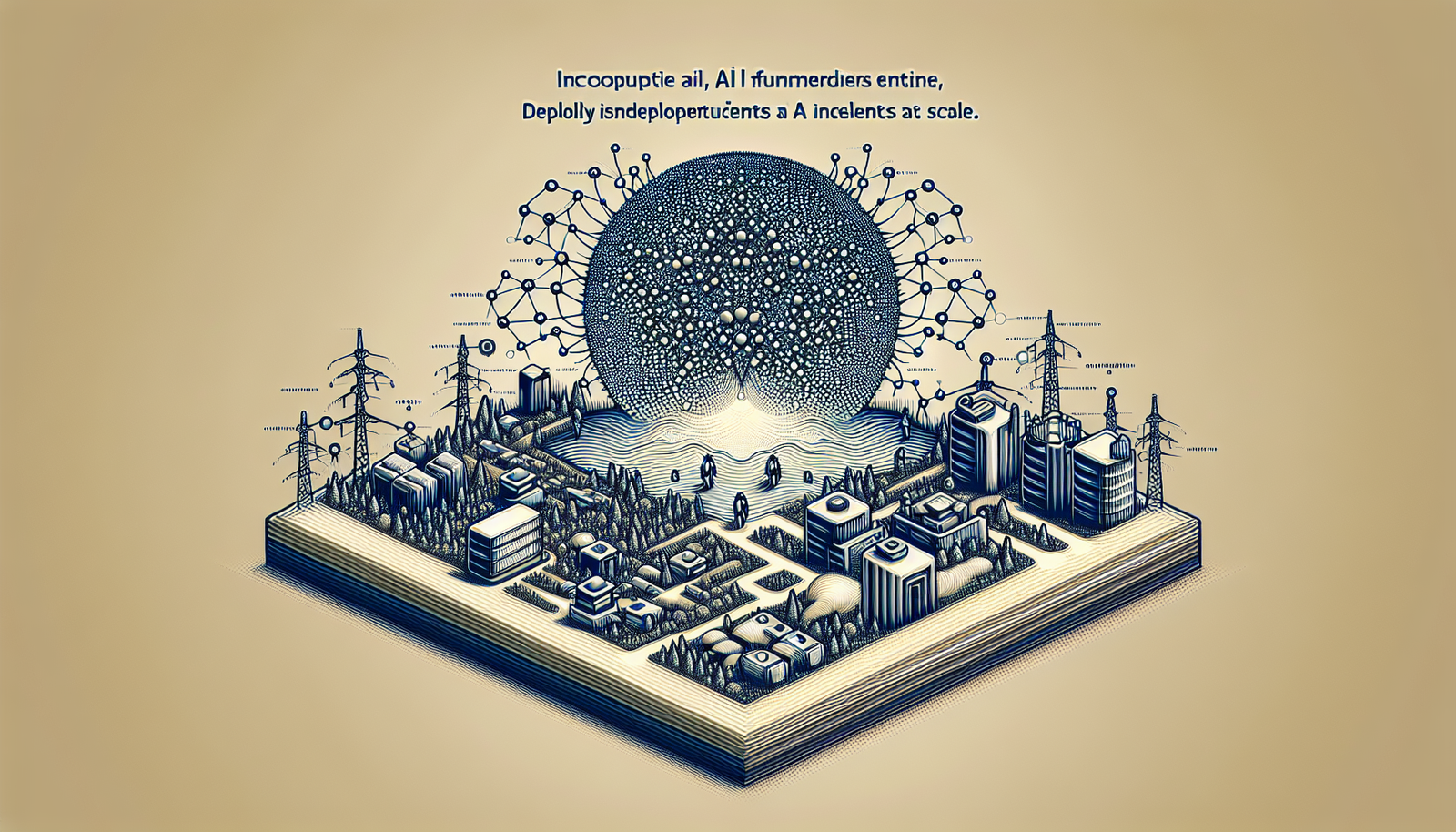Introduction: Deploying AI Agent Workflows with AutoGen and CrewAI
As adoption of large language models (LLMs) grows, so does interest in orchestrating multiple agents to perform complex, autonomous workflows. Frameworks like AutoGen (by Microsoft) and CrewAI simplify how developers build and deploy these agent ecosystems. This tutorial walks you through how to deploy AI agent workflows using both AutoGen and CrewAI in production-ready formats.
What are AI agent frameworks?
AI agent frameworks are tools that manage autonomous LLM-based agents designed to complete specific tasks. These agents can collaborate with other agents or humans, use memory, and invoke tools like databases or APIs.
Why AutoGen and CrewAI are gaining traction
AutoGen offers structured LLM conversations and multi-agent flows with flexibility; CrewAI introduces human-readable agent definitions and task assignment graphs. Together they support roles, memory, and orchestration—ideal for building autonomous research assistants, code reviewers, or multi-agent task chains.
Prerequisites and Tooling Setup
System requirements and Python environment
You’ll need:
- Python 3.10+
- Virtualenv or Conda
- OpenAI API key (or alternative LLM provider)
Installing AutoGen and CrewAI via pip
pip install pyautogen crewaiKey dependencies
CrewAI may require langchain, chromadb (optional), and pydantic. For memory and message persistence, Redis can be integrated. Add dependencies as needed:
pip install langchain redis openai chromadbBuilding a Multi-Agent Workflow with AutoGen
Defining agents and conversation flows
AutoGen lets you define agents using a declarative interface. For example, you can create a code assistant and a code reviewer that interact:
from autogen import AssistantAgent, UserProxyAgent
reviewer = AssistantAgent(name="CodeReviewer", system_message="Review code for bugs.")
developer = AssistantAgent(name="CodeDeveloper", system_message="Write Python scripts.")Incorporating tools, memory, and human input
Use UserProxyAgent to bring human feedback into the loop. You can also add tool invocation capabilities like Python execution or DB access via tool wrappers.
Structuring an AutoGen controller script
Create a main dialog runner to manage task flow:
group_chat = GroupChat(agents=[reviewer, developer], messages=[], max_round=5)
chat_manager = GroupChatManager(groupchat=group_chat, name="ChatManager")
chat_manager.initiate_chat()Coordinating Agent Roles and Tasks with CrewAI
Creating roles and task graphs
CrewAI architecture is based on roles, tasks, tools, and memory. Here’s an example role with a defined output:
from crewai import Crew, Agent, Task
summarizer = Agent(role="summarizer", goal="Summarize reports", backstory="Loves distilling information")
summary_task = Task(description="Summarize technical document", expected_output="1-paragraph summary")Assembling a crew using memory and tools
Combine agents, memory modules, and tools to build a collaborative workflow:
crew = Crew(agents=[summarizer], tasks=[summary_task])
crew.kickoff()Running and debugging the crew pipeline
CrewAI workflows print intermediate outputs to console. For observability, you can log agent actions or errors using logging or integrate with log aggregation tools (e.g., DataDog).
Deploying Your AI Agent Workflow
Option 1: Local Docker deployment
Build a Dockerfile to package your agent logic:
# Dockerfile
FROM python:3.10
WORKDIR /app
COPY . .
RUN pip install -r requirements.txt
CMD ["python", "main.py"]Option 2: Cloud functions (AWS Lambda, Azure Functions)
Deploy your code via serverless backend for scalability:
- For AWS Lambda, use a handler function for the agent pipeline
- Environment variables should store API keys securely
Logging, observability, and scaling tips
Enable structured logging and use frameworks like FastAPI to expose APIs for inference or status. Use autoscaling GPUs or managed endpoints (via Azure OpenAI or AWS SageMaker) where needed.
Common Pitfalls and Optimization Tips
Managing context length and memory limits
LLMs like GPT-4 have token context windows. Use summarization or memory buffers when agents exceed token limits.
Debugging agent stalling and repetitive loops
Use max_round or termination checks to avoid infinite conversation loops. Log each conversation step for auditability.
Securing API keys and user input
Never hardcode secrets. Use dotenv or cloud environment variables. Sanitize user input to avoid prompt injection risks.
FAQs About AutoGen and CrewAI Deployment
What LLMs are compatible with AutoGen and CrewAI?
OpenAI, Anthropic, Hugging Face models, and local LLMs via LangChain are compatible if wrapped properly.
Can I combine CrewAI and AutoGen in the same pipeline?
Yes. You can use CrewAI’s task planner to structure flows and run agent dialogs using AutoGen under the hood.
Do these frameworks support GPU acceleration?
If using local LLMs or vector databases, yes. Most of the backend inference will be handled by OpenAI or other cloud models unless self-hosted.
Focus Keyword: how to deploy AI agent workflows






